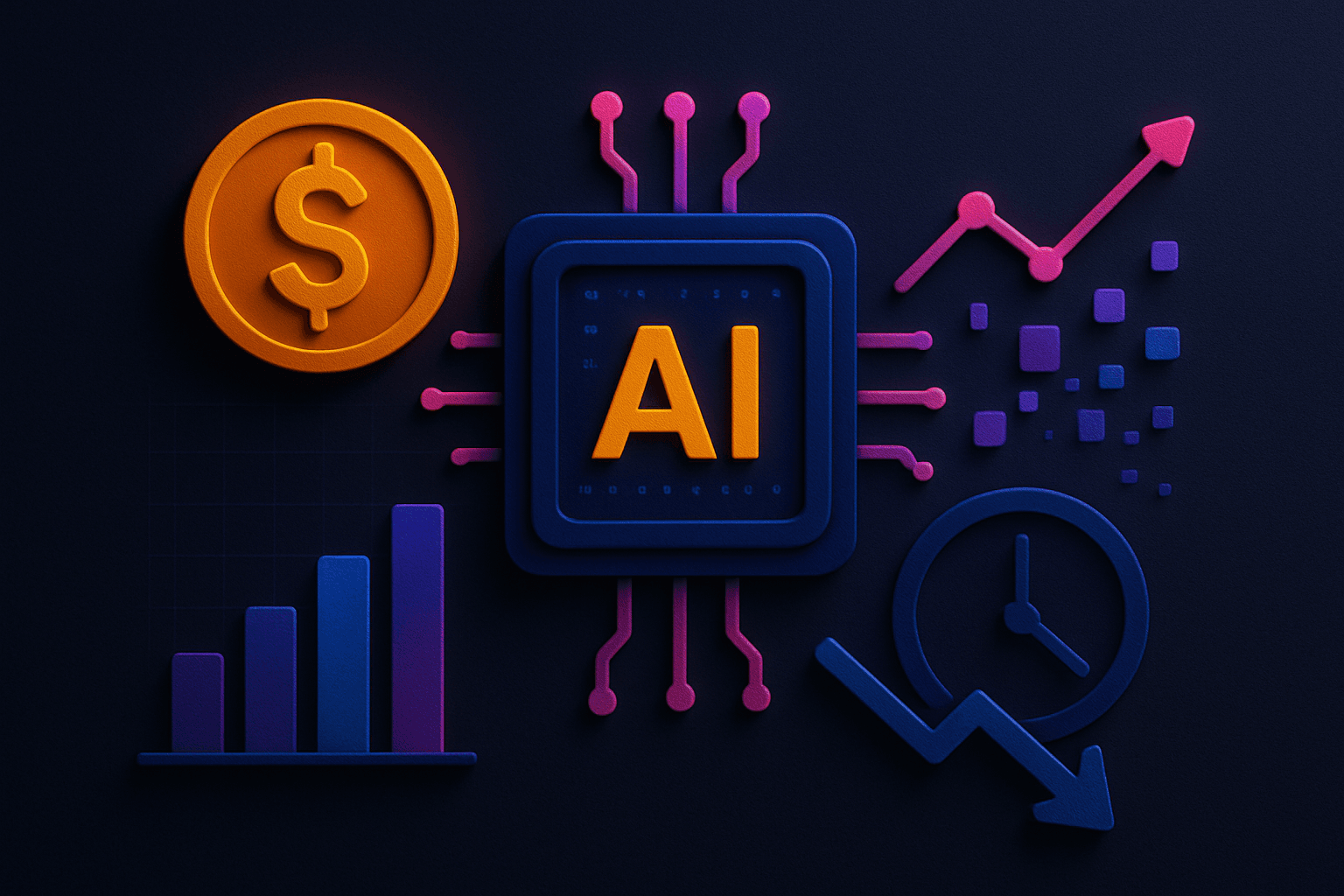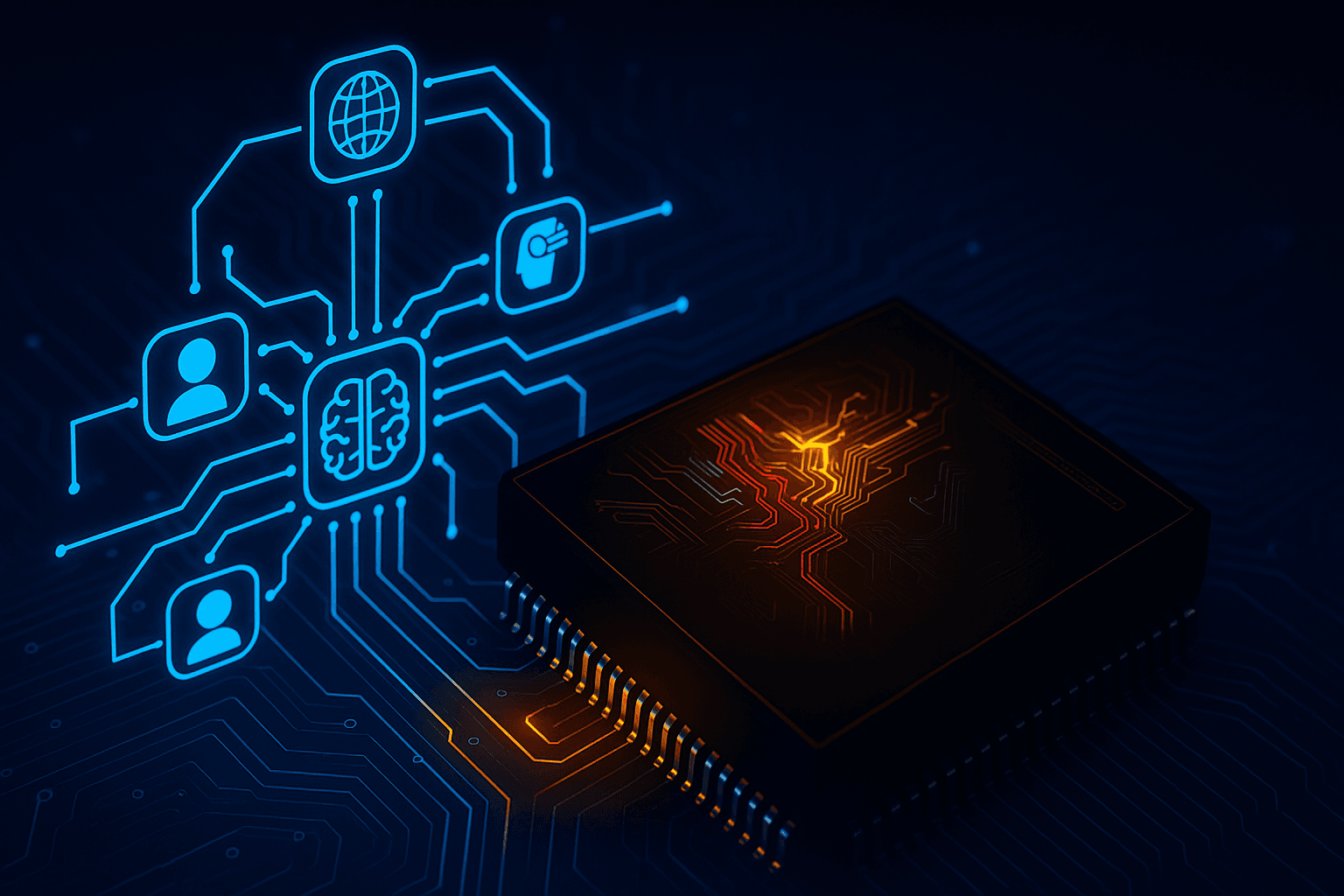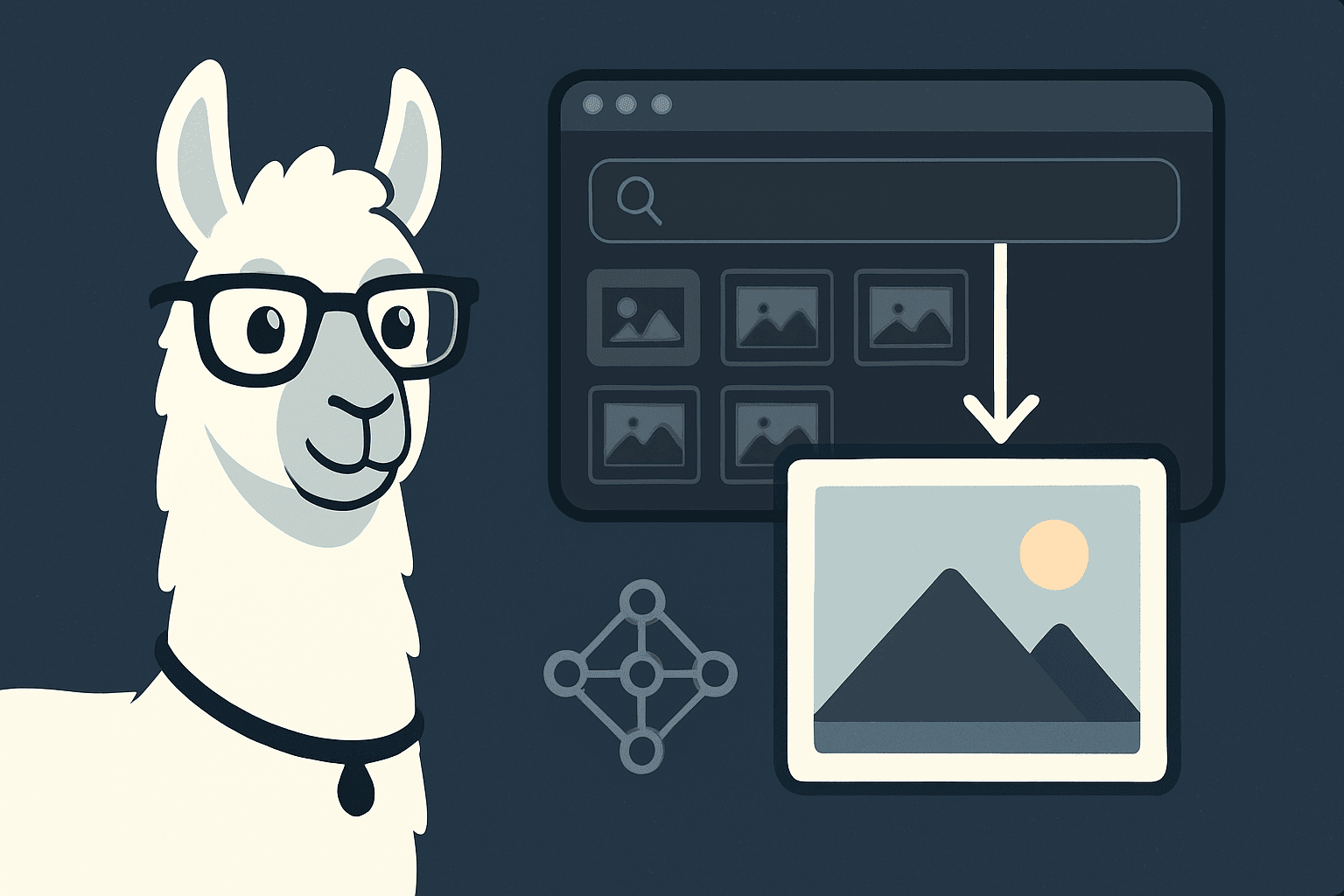Software as a service (SaaS) is becoming quite popular in several industries and so is the SaaS security audit, including banking and other financial institutions.
An integrated SaaS platform should be easily accessible and secure. When you store data off-premises, you need to be sure that it is safe from attackers and third parties. Any breach in the system can potentially disrupt the workflow and put all data at risk. Before migrating to a SaaS system you need to be sure of how secure and resilient the platform is. Also, regular security audits are required to detect and fix new security vulnerabilities. Constant monitoring and regulation are required to keep the SaaS platform safe and operational.
A SaaS security audit should capture everything from security habits to different security protocols. It should be able to find out any vulnerability present and fix them. This guide will help you conduct a complete security audit of your SaaS platform.
Steps for an effective SaaS security audit
Data Management and Governance
Thoroughly review organizational strategies and appetite to risk, roles, and responsibilities of employees, and different tasks related to governance. Users should be able to monitor the usage of SaaS platforms through dashboard from vendors and logs captured by users.
- Have a trial run of data flow and review privacy policies throughout the data’s life cycle. If it is vulnerable at any point then apply necessary fixes to plug the gap.
- Check encryption and security during data transfer to and from SaaS platforms.
- Data segregation is important as sharing data increases the chances of it being vulnerable. Review the sharing of environments and security permissions for various stakeholders. If required, you can opt for separate servers for different categories of data to ensure proper partitions.
- An important part of the SaaS security audit is data backup. Make sure that your platform can take regular backups of data and quick restoration in events of disaster. Backups should be securely stored and easily accessible too.

Image: Back up architecture (metallic.io)
Infrastructure review
A SaaS security audit should also consider the infrastructure used by the service provider. There are various aspects to accurately measure how robust the infrastructure is.
- The audit should be checking if any user access is monitored and restricted to all assets of the system. They should have a strong and secure network to efficiently manage all traffic and interconnections between services.
- There should be regular security updates and systems should receive security patches for any known or discovered bugs. Virtual machines should be regularly updated and securely connected to all services.
- Review the control and storage of encryption keys. Test encryption certificates and their storage locations too.
- Firewalls are necessary to stop attacks from reaching the servers and protect them from unauthorized access. Your SaaS platform should have a strong firewall with features such as intrusion detection, anti-malware, DDoS attacks, etc.
- Regular penetration testing will help you discover any security flaws or gaps. SaaS providers should have periodic penetration testing on the system.
Logs and auditing data
Logs are very crucial and both the service provider as well as users should have automatic log capture and storage. These are important during a forensic investigation and system analysis and helps in quickly resolving issues. The SaaS security audit should also check for mechanisms to prevent tampering of logs and proper storage.
Availability and access to data
The SaaS security audit should be able to determine the quality of storage and interconnections. Also, analyzing the uptime of the services is an important factor.
- Take note of factors such as cluster systems, failover capabilities, and redundancy. These measures prevent the systems to completely fail and ensure that it is quickly back online.
- The storage location of backups plays an important role as faster access to backups will help you restore systems in case of a failure.
- Also, check if they have a robust plan for handling incidents. Enquire your SaaS provider is capable of handling traffic at peak demand by putting the system under stress tests.
Privacy issues
Privacy concern is an ever-growing one and a SaaS security audit should check if your data is completely private.
- Enquire regarding the storage of client data and how they dispose the data.
- You will also need to know if third parties can access your data and under which conditions. And in case if resources and logs are accessible by third parties, it should not reveal your sensitive information.
Regulatory compliance
To gauge the quality of your SaaS provider review their cybersecurity certificates and accreditations. There are a few top accreditations for SaaS companies:
1. ISO 27001: ISO 27001 is an international standard that is relevant to SaaS providers and is considered as the gold standard for security
2. SOC 2: It is a well-respected security auditing framework that indicates a very high level of security standard for SaaS platforms

Image: SOC framework (imperva)
3. OWASP ASVS: This is an open and standardized framework for SaaS providers to test and harden their security systems
4. CSA STAR: This is a relatively new attestation and many consider it to be the future standard for cloud assurance and trust. Leading cloud platforms are getting certified as CSA STAR

Image: CSA STAR Accreditation framework by BIS
Security is not the end-point but a continuous journey of improvement and augmentation. Cybersecurity researchers are discovering newer threats and service providers are continuously working towards fixing them. That is why regular security audits are necessary to find any security gaps or vulnerabilities. SaaS security audit by Astra Security can find any security flaw that is present in your system and help you plug them. Astra does more than 300 security tests and has dashboards to view complete audit details. With Astra, you can be sure that you are safe from cyber-attacks.
Try E2E Cloud to believe in it. Request a free trial here









